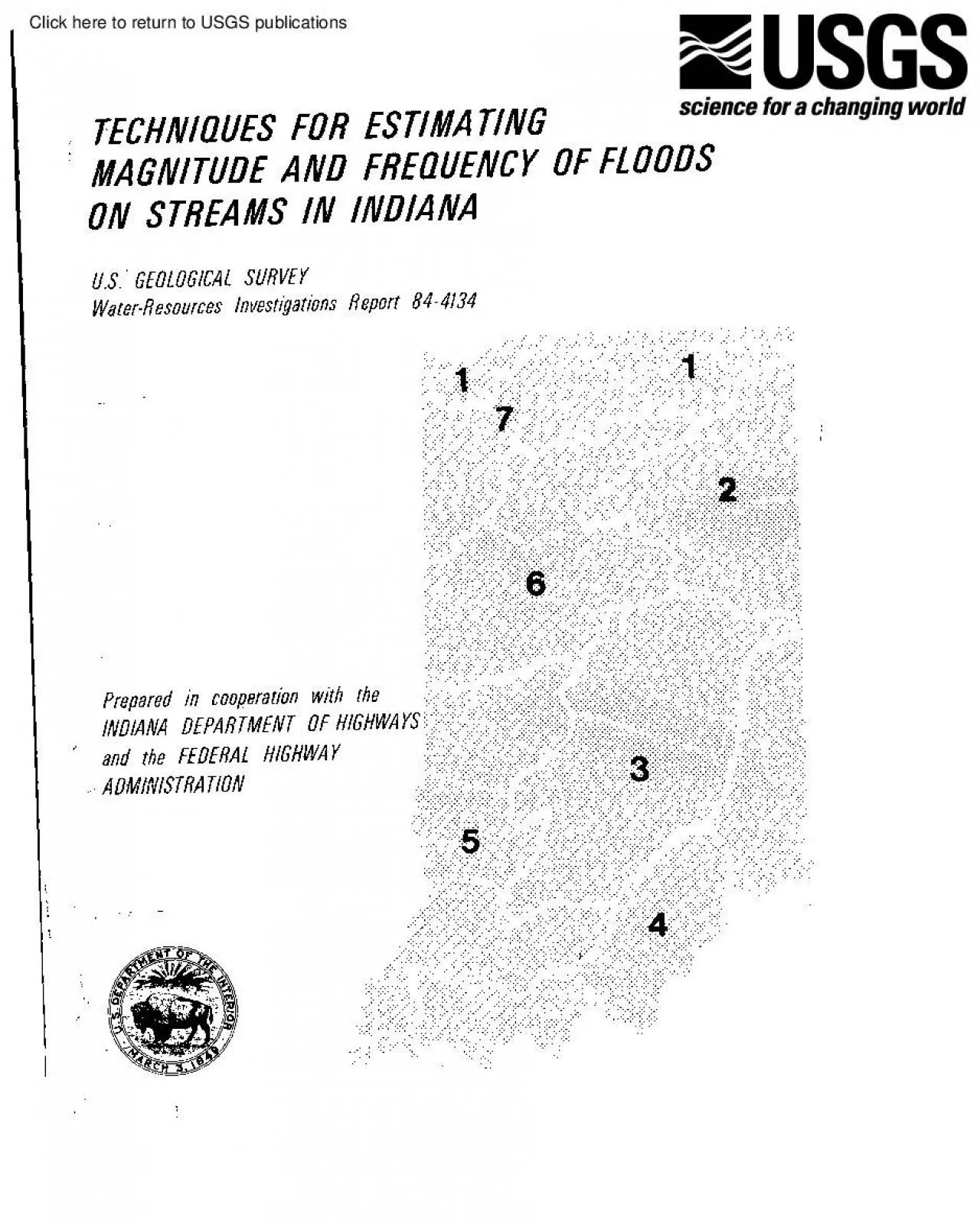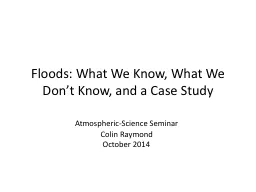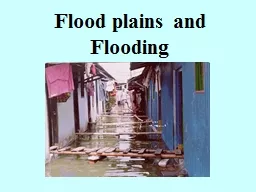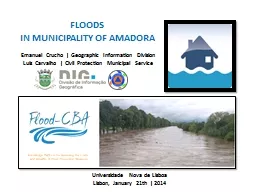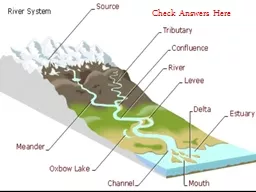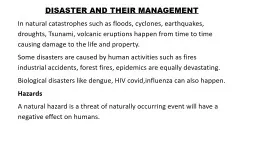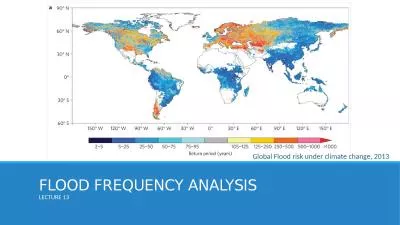PDF-TECHNIQUES FOR ESTIMATING 146 h4AGNlTUDE AND FREQUENCY OF FLOODS ON S
Author : eve | Published Date : 2021-10-08
0272101 REPORT DOCUMENTATION 1 wPORT NO 2 Recipient146s Accession No PAGE 1 Title and Subtitle 5 Report Date Techniques for Estimating Magnitude and Frequency of
Presentation Embed Code
Download Presentation
Download Presentation The PPT/PDF document "TECHNIQUES FOR ESTIMATING 146 h4AGNlTUDE..." is the property of its rightful owner. Permission is granted to download and print the materials on this website for personal, non-commercial use only, and to display it on your personal computer provided you do not modify the materials and that you retain all copyright notices contained in the materials. By downloading content from our website, you accept the terms of this agreement.
TECHNIQUES FOR ESTIMATING 146 h4AGNlTUDE AND FREQUENCY OF FLOODS ON S: Transcript
Download Rules Of Document
"TECHNIQUES FOR ESTIMATING 146 h4AGNlTUDE AND FREQUENCY OF FLOODS ON S"The content belongs to its owner. You may download and print it for personal use, without modification, and keep all copyright notices. By downloading, you agree to these terms.
Related Documents

